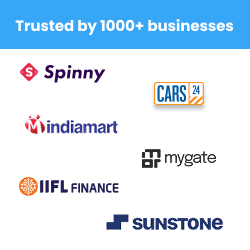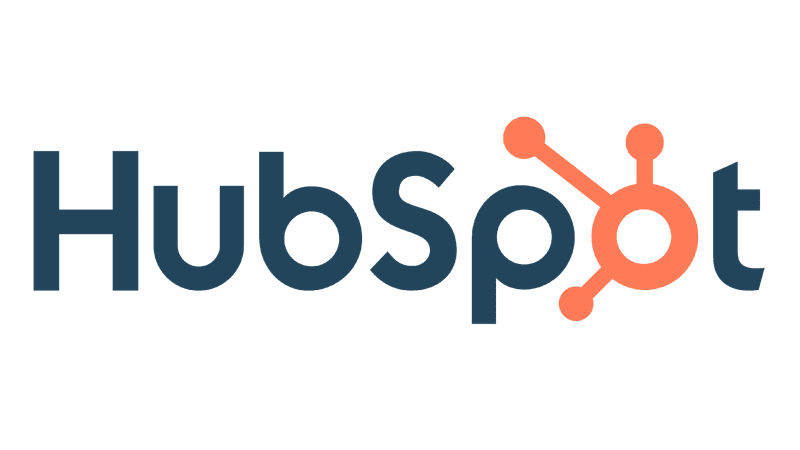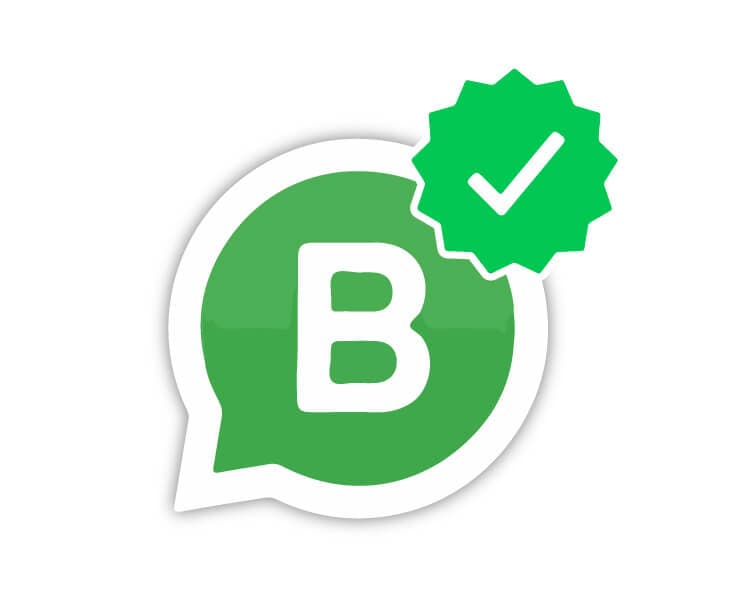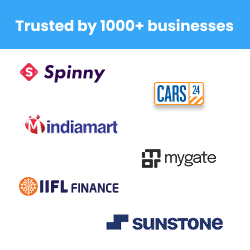You signed up for a plan. The bill is bigger than you thought. This almost always comes from add-ons that renew, stacked services, or small fees you did not notice. Here is a clean way to find the cause, fix it, and stop it next month. We also show how Heltar keeps billing simple.
Quick answer
Most overages come from:
Recurring add ons that auto renew
Multiple active subscription items on top of your base plan
Prorated changes after mid cycle upgrades
Taxes or FX fees on your card
Old trials that flipped to paid on a second account
Step by Step - Find the extra charges
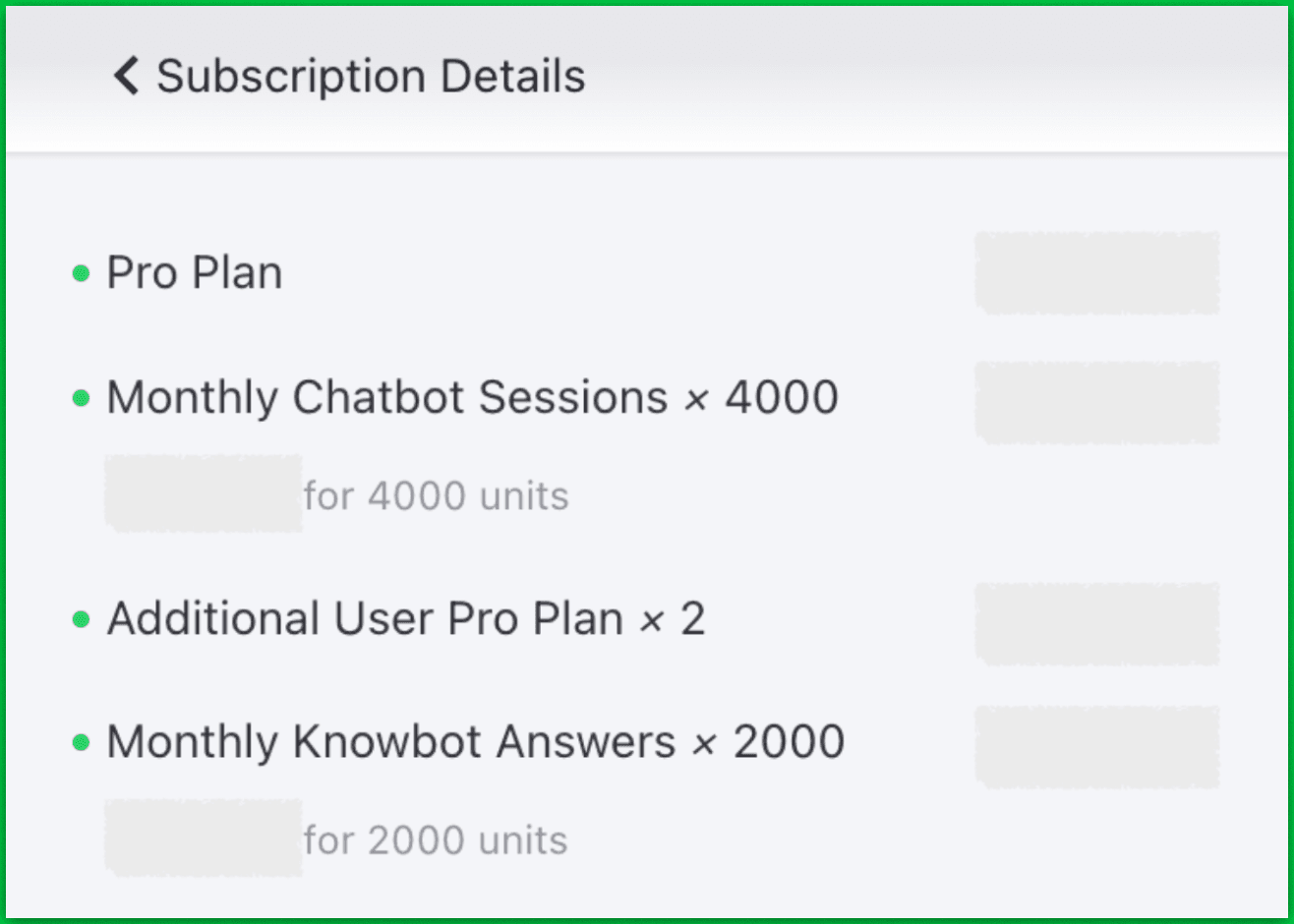
Open Billing Portal
Log in to Wati. Go to the Billing Portal.Check Subscription Items
Look for add ons and extra services listed under your plan. Note prices and next renewals.Open Invoices
Download the latest two invoices. Compare line items and taxes.Match dates to changes
Did you add a feature mid cycle. That can create a prorated line.Check other logins
If your team used more than one email, repeat steps 1 to 4 for each login.Card statement review
Compare invoice totals with your bank statement. Flag any amount that has no matching invoice.
What usually drives the higher bill?
Recurring add ons
Auto renew each cycle until you remove them.Multiple services
Extra features sit beside the base plan and bill each month.Proration
Upgrade mid month and you pay a partial catch up plus the new plan.Taxes and FX
Local tax and card conversion can lift the total above the sticker price.Duplicate accounts
A second account from a trial or a different email can bill in parallel.
How to fix it today?
Remove add ons you do not need before the next renewal
Pick one account to keep and cancel the rest
If a prorated charge looks wrong, send both invoice IDs to support and ask for a review
Update your payment method if the card changed
Save all invoices in one shared folder for finance
Why this keeps costing teams on Wati?
Add ons renew quietly if no one reviews them
Proration and stacked items are easy to miss on a busy invoice
Multiple accounts from trials double bill without anyone noticing
Wati billing vs Heltar, in plain terms
| Need | Wati reality | Heltar approach |
|---|---|---|
| Add on control | Manual review each cycle | Clear view of active add ons and simple off switches |
| Duplicate accounts | Easy to create and forget | One account per team with checks to prevent duplicates |
| Invoice clarity | Stacked lines and proration can confuse | Plain invoices with a short summary of what changed |
| Alerts | Limited pre renewal prompts | Heads up before renewals and when a new charge appears |
Why Choose Heltar Over Wati?
Unless you want your marketing budget to get over before you acquire any customers, Heltar's the way to go. Here's why!
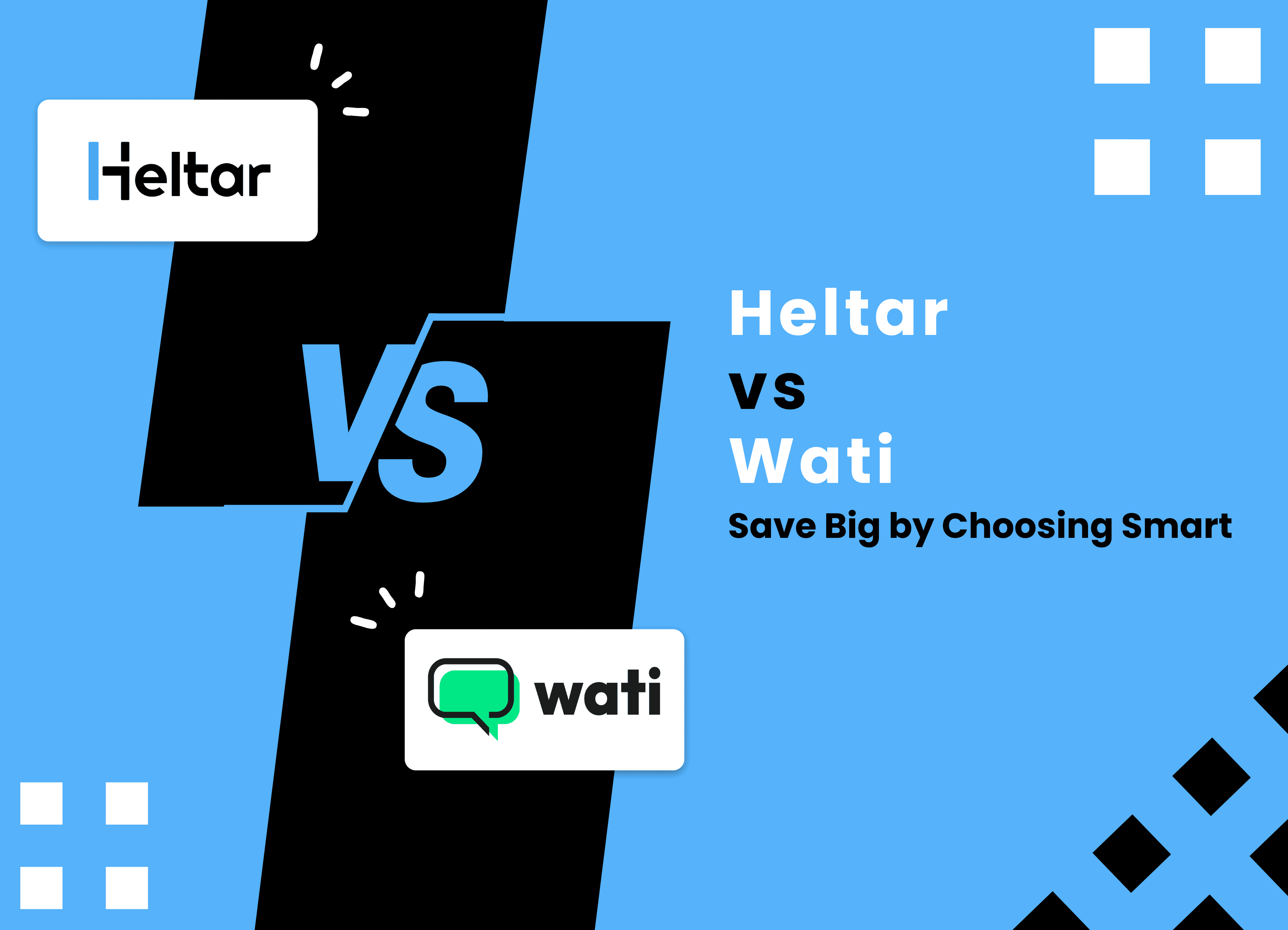
Metric | Wati | Heltar |
Base Subscription Fee | Expensive - Starts ₹2,499/month | Lower, budget-friendly - Starts ₹999/month |
Pricing Structure | Tiered, complex | Simplified, transparent |
Markup on Conversations | Up to 100% over Meta Charges | Flat 5% across all conversation types |
Extra User Fees | Upto ₹3,999/Month/User | No additional charges |
API Integrations | Charged separately (e.g., $4.99/month for Shopify) | No extra charges |
Customer Support | Limited (No setup support in Growth and Pro plan) | Full support for all customers |
User Interface | Complex & Difficult to navigate | Intuitive & user-friendly |
Lower Platform Fees and Markups
Wati: Wati’s pricing plans start from ₹2,499 per month, scaling up to ₹16,999 per month for the business plan. The multiple packages and tiered features make it expensive, especially for small and medium-sized businesses. The incremental costs for unlocking advanced features force businesses to either commit to higher-tier plans or compromise on functionality.
Heltar: In contrast, Heltar offers lower subscription fees with a base plan starting at a more affordable monthly rate. It is designed to be budget-friendly for businesses of all sizes, particularly small and medium enterprises (SMEs) looking to minimize upfront costs, along with a simplified and transparent conversation pricing model, charging a flat 5% markup across all conversation types.
No Extra/Hidden Charges for Integrations
Wati: While Wati provides robust features, many advanced capabilities are locked behind higher-priced plans. Essential features like advanced analytics, automated workflows, and API integrations are only available in the more expensive plans. Apart from that, Wati charges extra fees for employing integrations, like an additional USD 5 per month for a shopify integration, and additional charges for extra users.
Heltar: Heltar includes advanced features—automation, analytics, customer segmentation. Businesses benefit from unrestricted access to essential tools allowing them to leverage full functionality of the platform.
Intuitive and User-Friendly Interface
Wati: Wati offers a variety of features, but the interface could be difficult to learn for inexperienced users. The tiered functionality makes it hard to locate important tools within the complex menu structure it offers. It may be a real pain for people who are not familiar with navigating multi-tiered software ecosystems.
Heltar: Heltar’s platform is designed with ease of use in mind. It features an intuitive interface, making it simple to navigate, even for those new to such systems. The user-friendly dashboard provides easy access to key tools, reducing the learning curve and allowing businesses to get up and running quickly without sacrificing functionality or efficiency.
Well Rounded Customer Support: While Wati does not provide even setup support in the growth plan, in Heltar, End-to-End Customer Support is made available to all customers, irrespective of their subscription plans. For us, at Heltar, Our Customers are our biggest priority, and we ensure they are well served through a comprehensive knowledge transfer of our platform and continued assistance.
